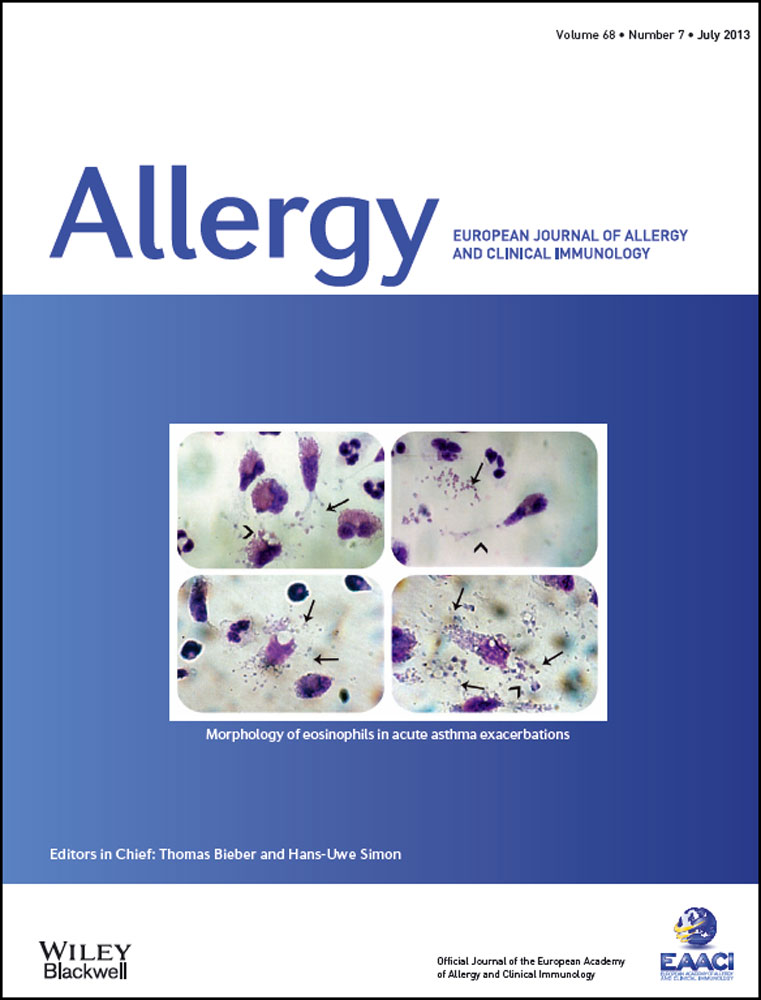Resveratrol prevents development of eosinophilic rhinosinusitis with nasal polyps in a mouse model
Abstract
Background
Since the recent establishment of a murine model of eosinophilic chronic rhinosinusitis with nasal polyps (CRSwNP), both the development of new drugs for treatment or prevention of eosinophilic CRSwNP and elucidation of their pathogenesis have been feasible. We investigated the therapeutic effects of resveratrol on CRSwNP and its mechanism of action using a murine model.
Methods
After induction of eosinophilic CRSwNP, the therapeutic effects of resveratrol were tested and compared with those of triamcinolone acetonide. Histopathologic changes were evaluated using hematoxylin and eosin for overall inflammation, Sirius red for eosinophils, and Masson's trichrome stain for collagen. The expression levels of the interleukin (IL)-4, IL-5, prostaglandin D synthase, and leukotriene C4 synthase genes were assessed by quantitative real-time PCR. Cyclooxygense-2 and 5-lipoxygense levels were evaluated by immunohistochemical staining and Western blot analysis.
Results
The degree of eosinophilic infiltration and subepithelial fibrosis was significantly decreased by administration of high-dose resveratrol, the potency of which was similar to that of triamcinolone acetonide. The expression levels of the IL-4, IL-5, prostaglandin D synthase, and leukotriene C4 synthase genes were significantly decreased by administration of low- or high-dose resveratrol. The production of 5-lipoxygenase was strongly inhibited by high-dose resveratrol.
Conclusions
Resveratrol may be useful for the prevention of eosinophilic CRSwNP. A key mechanism of its action is believed to be its anti-inflammatory effect, particularly on eosinophils, by inhibiting the lipoxygenase pathway.




